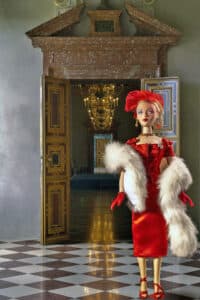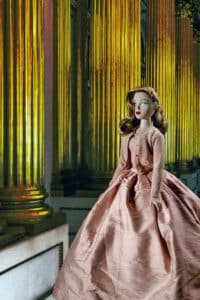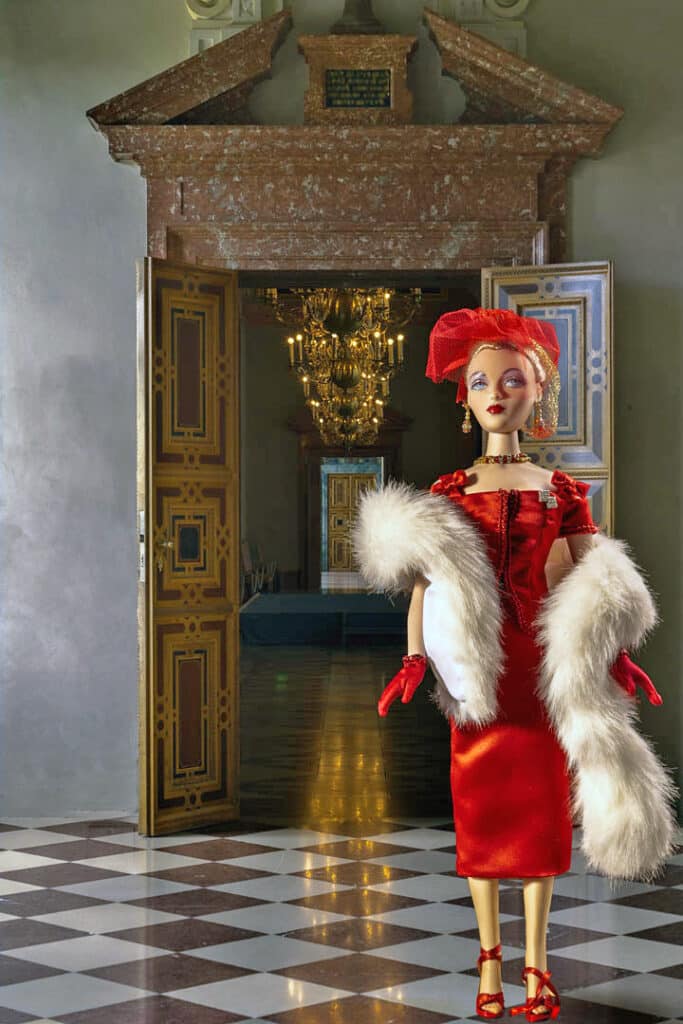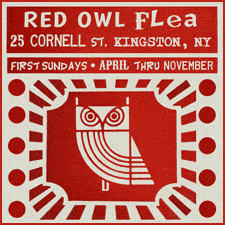by Shirley M. Mueller, M.D.

In time, Taylor invested in three different display cases for her dolls and purchased outfits for them online, saying, “I loved them for some time, and then the clutter of them started to drive me crazy, so I donated them … .”
Taylor is not alone. The United Federation of Doll Clubs says it is one of the largest hobby groups in the world, surpassed only by stamps and miniatures. The Federation itself has 16,000 members worldwide. The American Ceramic Circle, which also reaches outside the United States, has no more than 400 members. This makes the 16,000 members of the Federation most impressive. Additionally, there must be more because some adults who collect do not belong to the Federation.
Psychological Factors Behind Adult Doll Collecting
Angelie Ignacio and Gerald Cupchik (2020) from the Department of Psychology at the University of Toronto at Scarborough studied the psychological factors behind the widespread phenomenon of adults collecting dolls. Gerald Cupchik is the author of The Aesthetics of Emotion: Up the Down Staircase of the Mind-Body (Studies in Emotion and Social Interaction) (2016).
The Ignacio and Cupchik experiments were performed online and in the laboratory. The researchers analyzed strong and weak self-concepts in relationship to play. Both approaches used a 10-question survey evaluating the sense of self. The laboratory portion additionally used undergraduate students to engage in doll play for observation and analysis by the investigators.
Factor analysis was used to determine whether the participants displayed an insecure or secure sense of self. This method narrows down a sizable number of variables into understandable data. Using it, the researchers found that the hallmarks of an insecure self were self-doubt and an unstable identity manifest by a poor sense of oneself as a person. On the other hand, those who tested in the secure self group recognized their strengths and had a higher tolerance for life’s adverse events, partly related to a strong sense of who they were.
The investigator’s assumptions were twofold. One was that doll collectors with a strong self-concept would not be troubled by unsettled emotional issues, which would be reflected in their play. The second was that adult doll collectors with weak self-concepts would use doll play to resolve internal conflicts, which then acts as a kind of self-therapy.
What the Researchers Found

What is interesting to me is the authors’ findings in the insecure self group. In it, the dolls were utilized by the collectors as a way to find healing for themselves. This finding suggests unresolved issues within their lives. Freud and Muensterberger, two leaders in the field before this century, espoused issues of this nature as a reason to collect. It may play a part in adult doll collecting. Whether it contributes to other collecting narratives has yet to be determined. A certainty is that collecting stimulates the pleasure center, and it is only logical that engaging in self-therapy would be expected likewise to arouse the pleasure center because knowing oneself is a benefit and, thereby, a positive neurobiological force.
Ignacio and Cupchik published another paper a year after the first (2021), which addressed the therapeutic benefits of adult doll play. Here, they emphasized that the connection between collector and doll is characterized by what the doll represents to the collector, not the doll itself. For example, Ms. Taylor, who collected Gene Marshall dolls, was interested in fashion, and her dolls could be used to express a fashion statement through play. I conjecture that the doll was emblematic of her own image, that of a well-dressed woman confident in herself.
References
Angelie Ignacio and Gerald C. Cupchik. Understanding Fantasy and Adult Doll Play Through Regression in Service of the Self. Imagination, Cognition and Personality. 2020;50:290–324.
Angelie Ignacio and Gerald C. Cupchik. Therapeutic Benefits of Adult Doll Play. Imagination, Cognition and Personality. 2021;41:5–30.
Shirley M. Mueller, M.D., is known for her expertise in Chinese export porcelain and neuroscience. Her unique knowledge in these two areas motivated her to explore the neuropsychological aspects of collecting, both to help herself and others as well. This guided her to write her landmark book, Inside the Head of a Collector: Neuropsychological Forces at Play. In it, she uses the new field of neuropsychology to explain the often-enigmatic behavior of collectors. Shirley is also a well-known speaker. She has shared her insights in London, Paris, Shanghai, and other major cities worldwide as well as across the United States. In these lectures, she blends art and science to unravel the mysteries of the collector’s mind.






Related posts: